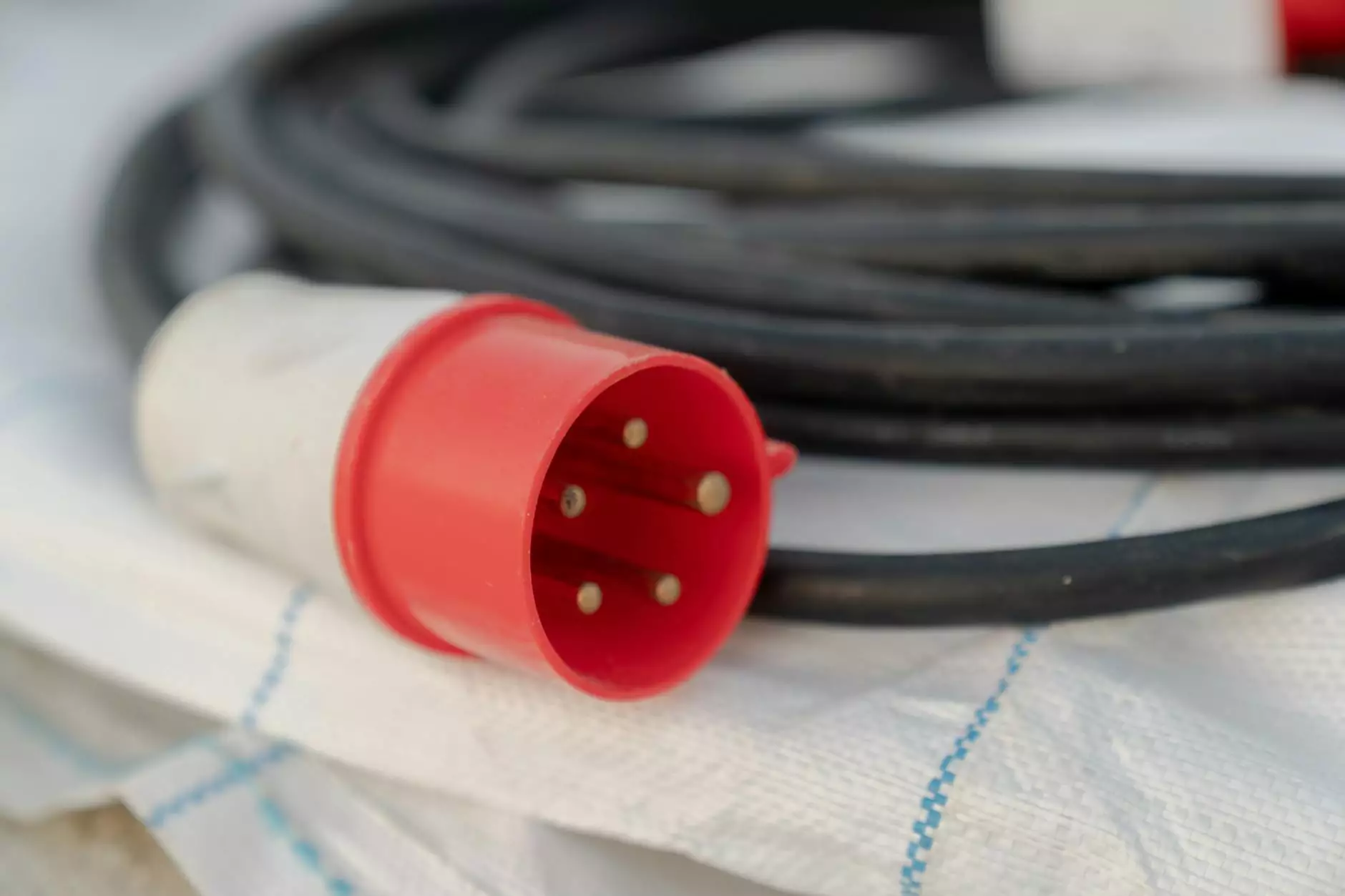Understanding **Breast Reduction**: A Transformative Procedure

Breast reduction, clinically known as reduction mammoplasty, is a cosmetic surgical procedure designed to reduce the size of the breasts. It is primarily sought by women who experience physical discomfort or psychological distress due to large breasts. This comprehensive guide aims to provide detailed insights into the procedure, benefits, risks, and recovery to help those considering this transformative surgery.
The Importance of Seeking Professional Guidance
Before pursuing breast reduction, consulting with a qualified surgeon is crucial. At The Wellcome, you can find experienced doctors who specialize in this procedure. They can help evaluate your needs, discuss your goals, and determine the best approach for you. The initial consultation often includes:
- A thorough medical examination
- Discussion of your medical history
- Understanding your aesthetic goals
- Visualizing expectations with before-and-after photos
- Reviewing potential risks and complications
Who is an Ideal Candidate for Breast Reduction?
Breast reduction surgery is suitable for individuals who:
- Have large, heavy breasts causing physical pain or discomfort
- Experience skin irritation beneath the breasts
- Face difficulties with physical activities due to breast size
- Feel self-conscious or embarrassed about breast size
- Are overall in good health and have realistic expectations
The Procedure: What to Expect
The breast reduction procedure typically lasts between 2 to 5 hours, depending on the complexity of the case and the surgical technique used. Here’s a breakdown of the steps involved:
1. Anesthesia
You will receive either general anesthesia or intravenous sedation, ensuring you are comfortable and pain-free throughout the procedure.
2. Incision Techniques
There are different techniques for making incisions in breast reduction surgery, including:
- Anchor incisions: Follow the natural contour of the breast, around the areola, and down to the breast fold.
- Lollipop incisions: Similar to the anchor but do not extend horizontally along the breast fold.
- Donut incisions: Utilized for smaller reductions, involving incision only around the areola.
3. Reducing Breast Tissue
The surgeon will remove excess glandular tissue, fat, and skin to achieve the desired breast size and shape. Additionally, the nipple may need repositioning to maintain a natural appearance.
4. Closing the Incisions
Once the desired reduction is accomplished, the incisions are closed with sutures. The placement of these sutures can affect postoperative scarring.
Benefits of Breast Reduction Surgery
Choosing to undergo breast reduction can lead to numerous benefits, including:
- Physical Relief: Alleviates pain in the back, neck, and shoulders caused by excess breast weight.
- Improved Posture: Helps correct postural issues related to large breasts, enhancing overall body alignment.
- Enhanced Mobility: Makes participating in physical activities and sports easier and more enjoyable.
- Increased Self-Esteem: Boosts body confidence and mental health, leading to a more active lifestyle.
- Better Clothing Options: Expands fashion choices, allowing for a wider range of styles and fits.
Possible Risks and Complications
As with any surgical procedure, breast reduction surgery carries potential risks, including:
- Infection at the incision sites
- Scarring, which may be permanent
- Changes in breast and nipple sensation
- Difficulty breastfeeding
- Uneven breast shape or size
Post-Operative Care and Recovery
The recovery period following breast reduction is vital for ensuring optimal healing and results. Understanding what to expect will prepare you for a smooth recovery:
1. Immediate Post-Operative Period
After surgery, you will spend some time in the recovery room. Medical staff will monitor you for any complications. You may experience:
- Swelling and bruising
- Discomfort or pain, manageable with prescribed medications
2. At Home Recovery
Once discharged, follow your surgeon’s aftercare instructions, which may include:
- Wearing a supportive surgical bra
- Avoiding strenuous activities for several weeks
- Keeping the incision sites clean and dry
- Attending follow-up appointments for monitoring healing
3. Long-Term Care
Results from breast reduction become gradually evident as swelling diminishes. Maintaining a healthy lifestyle and following post-surgery care can help sustain the results.
Real Patient Experiences
Many individuals share their positive experiences post-breast reduction surgery. Here are some testimonials:
“I felt a huge weight lifted off my shoulders — literally! It was life-changing, both physically and emotionally.” - Sarah, 32
“After my surgery, I could wear so many styles I never thought possible. My self-esteem soared!” - Emily, 29
Final Thoughts: Is Breast Reduction Right for You?
Considering breast reduction surgery is a significant decision that should be made after careful consideration and consultation with a professional. At The Wellcome, our dedicated team is committed to providing exceptional healthcare services, ensuring you have the resources and guidance necessary to make the best decision for your health and well-being.
Schedule Your Consultation Today!
If you are considering breast reduction and want to learn more about how it can improve your life, we encourage you to reach out to The Wellcome. Schedule your consultation today and take the first step towards achieving your goals!









